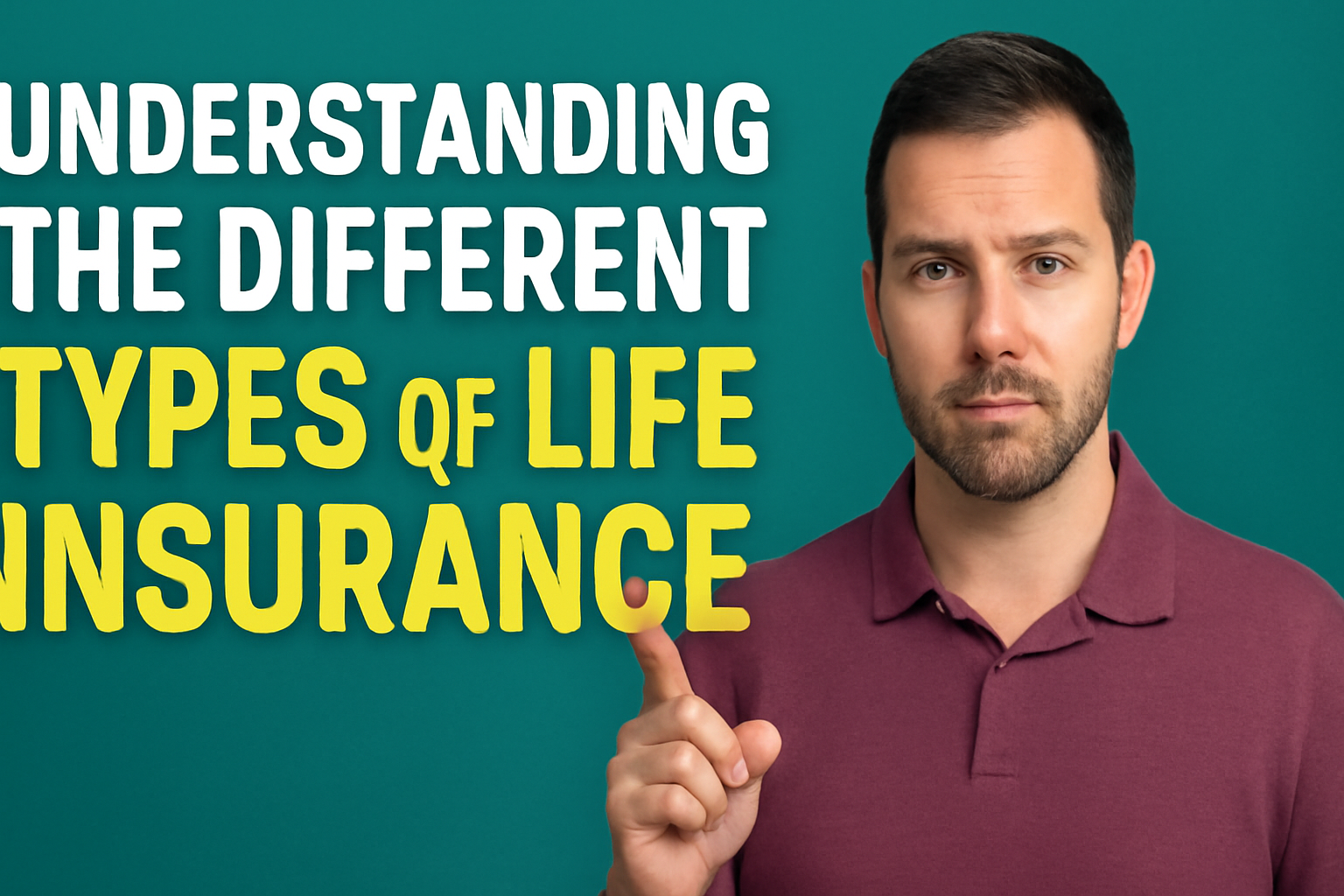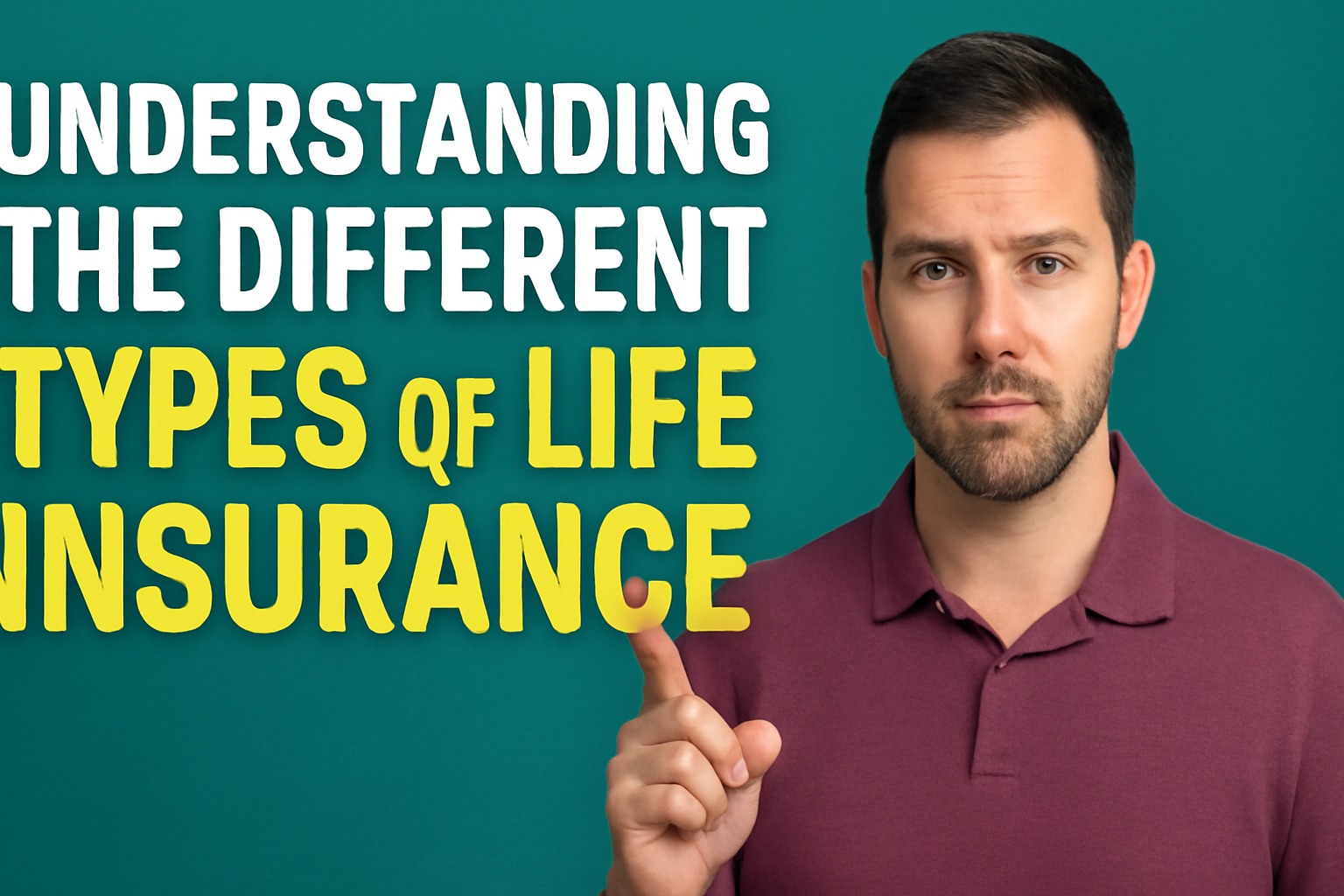Explaining the Basics of Life Insurance
In this video, I’m gonna explain the differences between term life insurance, whole life insurance, and universal life insurance. We are gonna start with a concept that underpins prices for insurance, which is directly related to explaining the differences between types of life insurance policies available. That concept is mortality rates, which increase exponentially. In plain English, what that means is the likelihood of you dying increases the older you are, but that rate of increase increases.
Understanding Mortality Rates and Their Impact on Insurance Premiums
Looking at the United States in 2016, the odds of a 40-year-old man dying within the next year were 0.242%. This means for 40-year-old men, 2.42 out of 1,000 would be expected to die in a given year. For 41-year-old men, that rate increases to 2.53 out of 1,000, and for 42-year-old men, it increases again to 2.663 out of 1,000. What you’ll note is that the increase in odds between 40 and 41-year-olds is 0.11%, but the increase between 41 and 42-year-olds is 0.133%.
If we were to plot the likelihood of dying in the next year on the y-axis and age on the x-axis, we would get a curve. If every year you were to buy a new one-year life insurance policy, you could replace the likelihood of dying with the insurance premium in dollars. The price of insurance would go up every year, and later in life, it would become unaffordable.
The Cost of Life Insurance Over Time
This change in cost doesn’t really get dramatic until later in life. For example, the same amount of coverage or death benefit that costs $10 per month for a 20-year-old might cost $20 per month for a 40-year-old, $100 per month for a 60-year-old, and might shoot up to $1,000 per month for an 80-year-old. However, people don’t buy one-year life insurance policies.
Term Life Insurance Explained
This brings us to our first type of life insurance: term life insurance. If we take our graph and separate it into ten-year intervals, an insurance company might say instead of just increasing the price every year, we’ll set a static cost for the entire ten-year period or term. This fixed cost would be a bit higher than the one-year cost earlier on in the term but a bit lower later on in that ten-year term. Essentially, they are averaging it out.
For example, let’s say we had a 30-year-old with a term 10 life insurance policy with a coverage amount of $250,000. The initial premium might be $15 per month, and they would pay this amount for the next 10 years for the same $250,000 death benefit. After 10 years, the premiums might increase to $100 per month, and again after another 10 years, they could go up to $300 per month.
Understanding Permanent Life Insurance
Permanent life insurance, as the name implies, is designed to be just that—permanent. This is quite different from term life insurance, which is temporary. There are reasons why people might still want permanent coverage at an older age, such as paying for funerals, covering a tax liability on real estate or a business, or creating an inheritance.
Whole Life Insurance and How It Works
Let’s now look at whole life insurance. A whole life insurance policy is like a term life policy except instead of a series of ten- or twenty-year terms, there’s only one term, which is your whole life. The premium would be higher in the beginning but lower later on in life.
With whole life insurance, the insurance company invests the difference between the premiums you pay and the cost to provide the pure insurance. This excess is invested and grows over time. If you get a whole life policy, your cash value or reserves build up over time.
Non-Participating vs. Participating Whole Life Insurance
A major point to consider is whether the policy is non-participating or participating whole life insurance. In non-participating whole life, everything is guaranteed—the premium, the death benefit, and how much the cash values will be over time. If the assumptions made by the insurance company are too conservative, you’ll end up paying more than you needed to.
In contrast, participating whole life allows you to participate in the profits of the insurance company. If the insurance company does better than expected, it pays out part of those profits to you in the form of a dividend or bonus. This option gives you more flexibility with how the insurance policy operates.
The “Buy Term and Invest the Rest” Strategy
In the 1970s, a strategy called “buy term and invest the rest” became wildly popular. This strategy involved buying a cheaper term life insurance policy and investing the difference in premiums elsewhere, so that over time, you could effectively self-insure with your own reserves.
Universal Life Insurance and Its Flexibility
A universal life insurance policy offers more flexibility in terms of adjusting your death benefit and premiums over time. It allows you to tinker with the variables of the policy, making it universally applicable in different situations. In the United States, universal life insurance policies can have a range of options, including guaranteed universal life, indexed universal life, and variable universal life.
Conclusion: Recap and Summary
To recap, there are two main types of life insurance: temporary (term life) and permanent (whole life, universal life). Term life insurance is affordable when you are young but becomes expensive as you age. Permanent insurance, like whole life, provides lifelong coverage, with premiums generally higher in the early years but more manageable later in life. You can also participate in the profits of the insurance company with a participating whole life policy.
Universal life policies give you more flexibility to adjust various aspects of the policy, including your death benefit and premiums. Finally, it’s important to research your options and understand the specifics of the insurance policies available to you.



